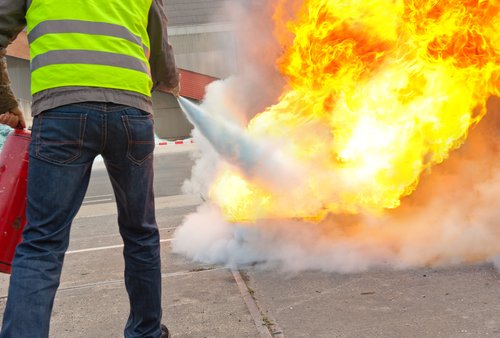Modern Workplace Needs
TRAINING NEEDS OF MODERN WORKPLACE
Workplaces have changed so much over the past few years in the face of challenges brought on by COVID-19. One of the most significant changes that occurred during the peak of the pandemic was the shift of trends in workplace attendance. During the lockdowns there was an almost complete shift to work from home arrangements for roles that were not absolutely required to be performed on the company premises. Now as we move past the peak periods of the pandemic, this trend has continued with many recent reports showing that continued working from home arrangements are one of the highest demands of the modern worker. In our cities the dynamics of workplace attendance are even more stark, for example Melbourne has a daily workforce attendance at the office of around just 40% and this looks to be something that will continue well into the future.
This sudden change in workplace dynamics has caused many businesses to ‘pivot’ quickly and in many cases successfully. In talking to many businesses however one factor that has been largely overlooked in this new workplace dynamic is how these different arrangements impact on the Health and Safety provisions in the workplace, especially in the workplace emergency management plan. All businesses in Australian must have an emergency plan in place and within this plan it must identify how to effectively respond to an emergency. One of the key elements of responding to an emergency is having sufficient personnel correctly trained and in place.
Prior to the shift to work from home arrangements a business would typically identify a number of workers to fulfill Emergency Warden and First Aid Roles. These workers would attend training and as part of the process of identifying the appropriate personnel, some additional staff would be trained to account for sick leave, annual leave, and staff turnover. The key to this being that the workplace understood that it is not just a matter of how many people are trained overall, it is about how many people are trained and able to respond to an emergency in a workplace during all hours of operation.
Now, workplaces are seeing many if not most staff work in a mixed capacity with only a small number of days in the office and the remainder working from home. In fact, in many cases, the cohort of workers in a workplace changes daily with different teams working on different days or staff having flexibility what days they work from the office. Interestingly for businesses, when looking at the volume of first aiders, the ratio to staff is only one element, with a general rule of 50:1 applying to low-risk workplaces. The other key element is layout and distribution of the workplace. This means ensuring that sufficient First Aid Officers are available at appropriate locations and available at all times the business is in operation.
When looking at Emergency Warden, this is even more pronounced with facility layout and characteristics taking an even greater role. After all, when evacuating a building, the number of areas needing wardens assigned does not necessarily diminish due to lower volumes of people in each area.
The upshot of all of this is that workplaces require more people trained across a more diverse workforce in order to ensure they meet their mandatory health and safety requirements. If you are a business owner, it may be time to review your Emergency Plan and test the capacity to respond to emergencies against the actual attendance of staff in the workplace on a range of different days and times. Many will be shocked to see the results of these test and shocked to learn of their exposure in the event of a significant workplace emergency event.
Workplaces need to also consider if single large training events are the best approach of businesses or if smaller more nimble training events are the pathway forward. APTS offers online with face-to-face assessment as a delivery mode in many of our courses. This means that businesses can run a series of ‘micro training events’ on a range of days and times to ensure workers are able to access their required training. Alternatively, as new technology enters the market, there are an ever increasing range of training approaches businesses can take to meet their safety obligations.
At the end of the day, a business operator has a duty to ensure their workplace remains safe and there are appropriate provisions in place to respond to emergencies. We all need to work together to innovate to make this as easy as possible in such challenging business conditions.

